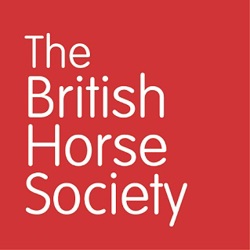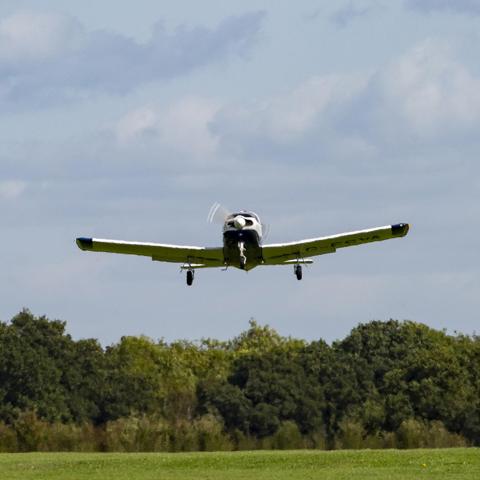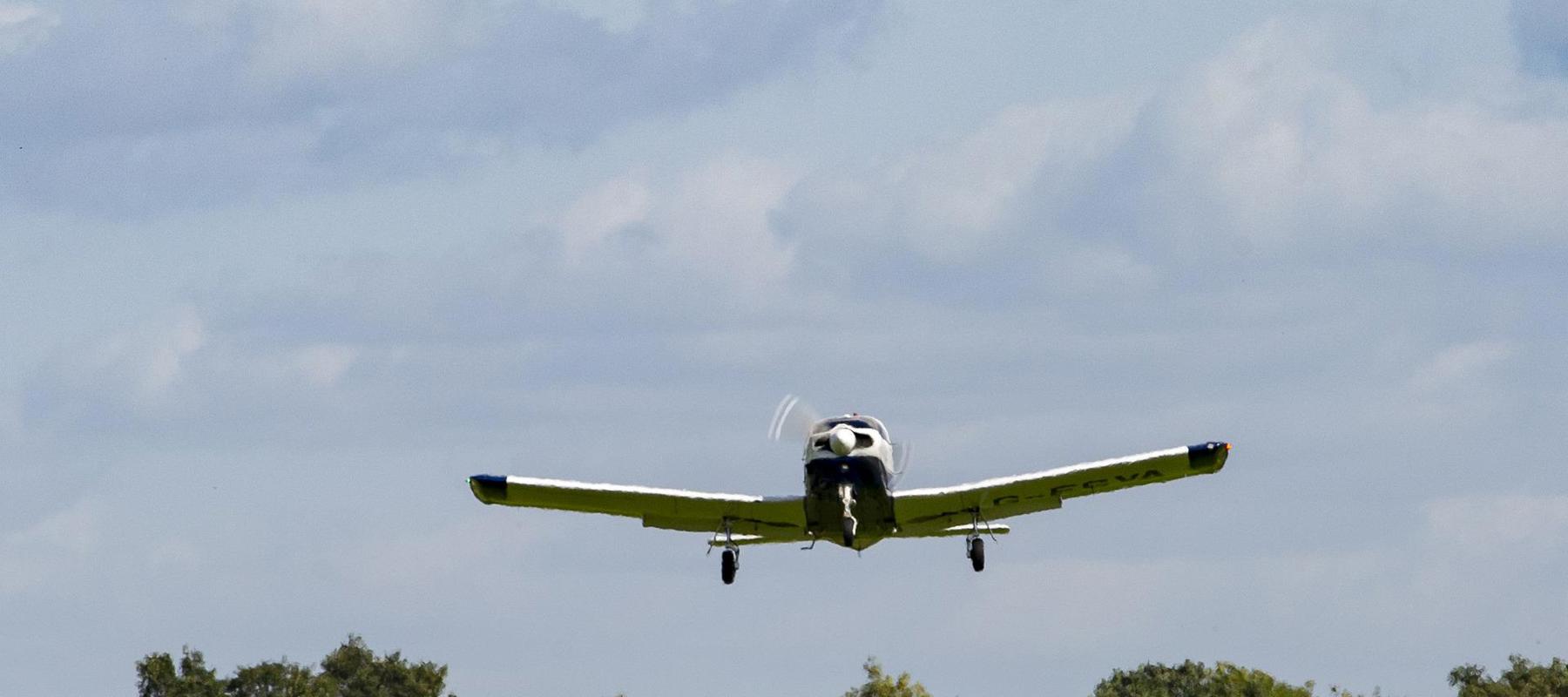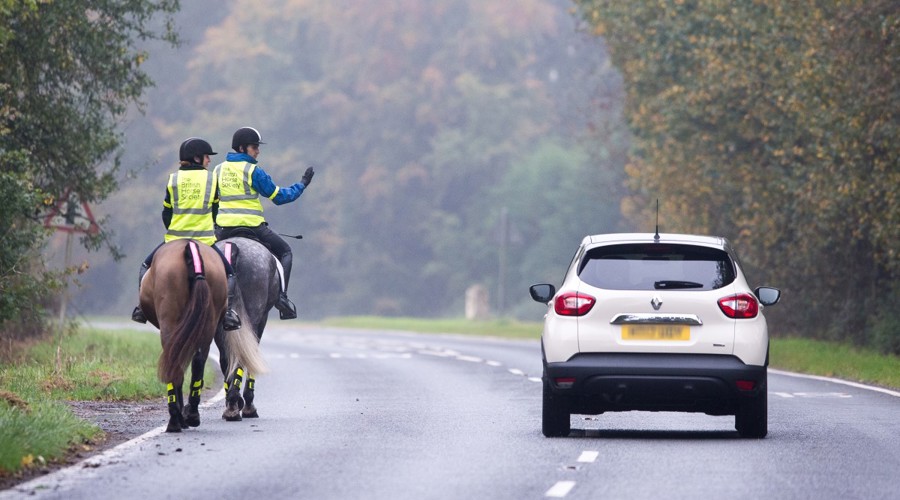Some aviation companies have introduced strict policies for encounters with horse riders and carriage drivers. Therefore, pilots will try and take action to avoid over-flight if they spot you in time, and it is safe to do so.
A helicopter pilot may continue on the same flight path if they spot a horse rider late, to avoid the excessive engine noise and blade slapping that suddenly taking avoiding action would cause.
Make sure you are visible
We advise that you always wear hi-vis while riding out, both on yourself and your horse, to warn pilots and help them see you quickly. This hi-vis needs to be visible from above, for example, exercise or quarter sheets.
If you are not wearing hi-vis or wearing dark clothing that blends into the surroundings, then the pilot is less likely to see you in time to avoid flying over you.
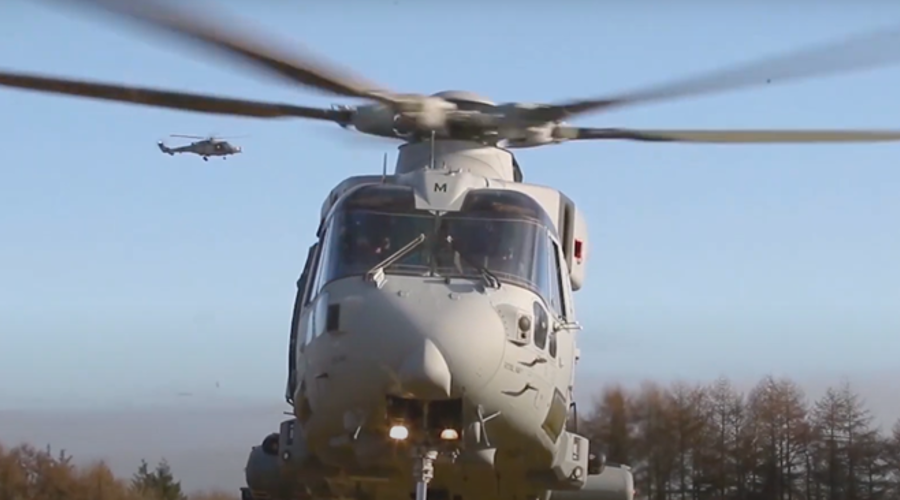 play-circle
play-circle
Watch
Helicopter pilots in spotting horse riders
Know your local area
If you are visiting a new area, we advise that you check for any Civil Aviation Authority (CAA) licensed airports, especially if your horse hasn't experienced low flying aircraft before.
You can find a list of CAA licensed airports here.
Have a look at local information and check whether there is regular low flying activity, including the military in the area.
Reporting an incident involving non-military aircraft
chevron-down
chevron-up
You should report all non-military aircraft incidents to the Civil Aviation Authority (CAA).
- Try and record the last four letters of the aircraft's tail number if possible and safe to do so. Then, the CAA can use it to help trace the pilot and take further action.
- If you can't record the tail number, you should still report the incident to the CAA. Although without the aircraft's tail number, there may be little they can do.
- All UK registered aircraft tail numbers begin with a "G", and it is unlikely any non-UK registered aircraft would be carrying out any surveyance work or similar.
Reporting your concerns involving military aircraft
chevron-down
chevron-up
The Ministry of Defence (MoD) does not take complaints lightly; in fact, they take them very seriously.
In the event of an incident, you can contact the MoD Low Flying Complaints and Enquiries Unit:
Telephone: 01780 417 558
Monday to Friday, 8 am to 4 pm (excluding bank holidays)
MOD Low Flying Complaints and Enquiries Unit
RAF Wittering
Peterborough
PE8 6HB
To make a complaint, send the following information to the MoD:
- your name
- full address and postcode
- telephone number
- date and time of the problem
- location of the problem
- type of aircraft, if known
- a brief description of your complaint
They will listen to your concerns, and you should get a response from MOD within 20 working days.
The Defence Flying Complaints Investigation Team can investigate your complaint if you make a complaint about serious injuries or damage.
Useful information
What to do if you are concerned about MoD low-flying helicopter activity?
chevron-down
chevron-up
If you're worried about whether your ride will be affected by a low-flying helicopter, please call the MoD helpline on 01489 443100 (standard call charges apply).
The operator will ask for the postcode of the area where you intend to ride, and they should be able to let you know whether there will be any low flying activity in your local area.
How to find information on any planned training exercises with low flying elements?
chevron-down
chevron-up
The MoD has published information regarding any planned training exercises with low flying elements and the times when the Tactical Target Areas (TTAs) are active on their website.
The Operational Low Flying Timetable online covers three TTAs: RAF operational low flying training timetable
Military low flying: MoD sponsored air exercises.
What are Tactical Training Areas?
chevron-down
chevron-up
The Tactical Target Areas (TTA) were created to provide the necessary competency in flying at operational heights when preparing fast jet aircrew and Hercules aircrew for operational deployments or overseas training exercises.
In the TTAs, fast jets can operate at no lower than 100 feet Above Ground Level, Hercules aircraft at no lower than 150 feet Above Ground Level.
Where are Tactical Training Areas located?
chevron-down
chevron-up
Tactical Training Areas (TTAs) are located in sparsely populated areas of northern Scotland, mid-Wales and the border area of northern England and southern Scotland.
The three TTAs are:
- LFA 7(T) - Central Wales
- LFA 14(T) - Northern Scotland
- LFA 20(T) - The border area of Southern Scotland and Northern England
Why is there no timetable for routine activity?
chevron-down
chevron-up
It is not possible to provide a timetable for routine activity due to several reasons, including security, serviceability of aircraft, and changing weather conditions.
Can equestrian events ask military aircraft to avoid the area?
chevron-down
chevron-up
For large equestrian events, there is the possibility of requesting military aircraft to avoid the area temporarily, although it may not be approved for some locations.
Currently, all BE events and most county shows are already avoids for military aircraft. The MoD encourage the use of this request for large activities, particularly when horses are coming from other areas of the UK who may not be so used to low flying aircraft.
Once you have contacted the MoD to apply, they will grant the request as long as it doesn't significantly disturb the low flying training.
When applying, remember to include:
- Your name and nature of the event
- Location and ordnance survey grid reference of the event
- Contact details for the people holding the event
- The date and time when you would like low flying to be stopped
Can riding schools and centres ask military aircraft to avoid the area?
chevron-down
chevron-up
The MoD cannot always avoid flying over all stables and riding schools.
However, all Riding for the Disabled (RDA) establishments are granted avoidance status for the period of their RDA activity following validated application. Applications should be made direct to the RDA at info@rda.org.uk.
Why should Anglesey residents get information and make requests through the RAF Valley?
chevron-down
chevron-up
The whole island of Anglesey is in a 'Military Air Traffic Zone', which means you need to make any requests for information or avoids for events directly through RAF Valley rather than the MoD.
If you are organising a large equestrian event, we advise that you contact RAF Valley, so they can make crews aware. While they can't avoid every event, please get in touch with them if you feel a particular event is at high risk.
If you live on Anglesey or just off the island, we advise that you join the RAF Valley Facebook and Twitter page. This gives information on night flying and any exercises being held at RAF Valley, which may have unusual aircraft such as Apache or Chinook operating from the base. The MoD try to avoid weekend flying, but this occasionally happens, and this is a good way to be aware of what is going on.
Case study: MoD review
After the tragic death of Mrs Heather Bell, which was directly attributed to an incident with a low-flying helicopter, the Coroner instructed the Ministry of Defence to undertake a review to make sure that an incident like this never happens again.
Following the coroner's instruction that the MoD should work closely with equestrians to resolve the matter, a major review was undertaken, working closely with the BHS.
What the review found
chevron-down
chevron-up
It quickly became clear that wearing hi-vis clothing on both themselves and their horse was the most economical and easy way for pilots to identify riders.
From extensive trials, working with two riders who acted as guinea pigs for the Chinook pilots, it was found that the pilot could see a rider and horse up to half a mile sooner when wearing a hi-vis jacket, hat cover and flysheet. This was plenty of time for them to avoid over-flight and avoid frightening the horse and rider.
What has changed as a result of the review
chevron-down
chevron-up
Many riders wearing appropriate hi-vis clothing reported that they witnessed pilots taking avoiding action and remained safe because of this.
In addition, the MoD issued countless amounts of hi-vis equipment to riders in areas known to be hot spots for helicopter activity. They also raised the low level flying height limits where possible. There are still places where low level flying will take place at any time, but mostly the horses in these areas have become acclimatised to the noise and take little or no notice.
